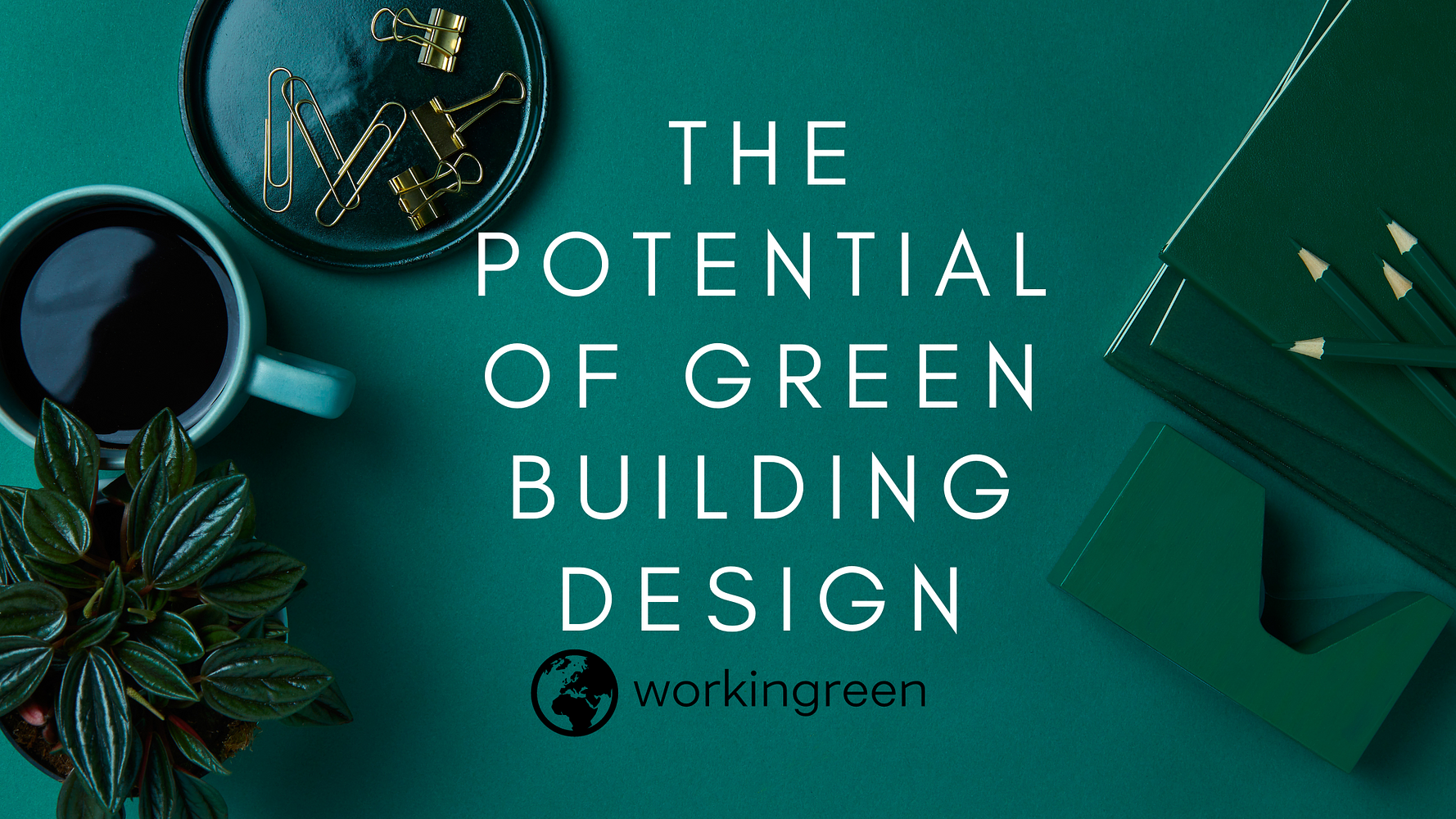The Potential of Green Building Design

Green building design, also known as sustainable or high-performance building design, refers to designing, constructing, and operating buildings in an environmentally responsible and resource-efficient manner. This approach to building design considers the entire life cycle of a building, from its conception to demolition, and aims to minimize the built environment's environmental impact while maximizing its occupants' health, comfort, and productivity.
The potential of green building design is vast and multifaceted, encompassing a wide range of benefits for both the environment and human well-being. Some of the key potential benefits of green building design include:
- Energy efficiency: Green buildings are designed to use less energy, water, and other natural resources, which not only reduces their environmental impact but also lowers operating costs for building owners and occupants. Green buildings can significantly reduce their energy consumption and greenhouse gas emissions by incorporating energy-efficient features such as insulation, windows, lighting, and mechanical systems.
- Water conservation: Green buildings also prioritize water conservation through low-flow fixtures, greywater systems, and rainwater harvesting systems. These strategies can help reduce the demand for potable water, which is often a limited resource in many parts of the world.
- Indoor environmental quality: Green buildings prioritize their occupants' health and comfort through natural light, ventilation, and other design strategies that improve indoor air quality. This can lead to increased productivity and well-being for building occupants.
- Material efficiency: Green building design also emphasizes using sustainable, non-toxic, and recycled materials in construction, which can reduce waste and the environmental impact of the building industry.
- Adaptability and resilience: Green buildings are also designed to be adaptable and resilient to changing conditions, such as extreme weather events or shifts in occupancy patterns. This can help ensure the long-term viability and sustainability of the building.
Overall, the potential of green building design is vast, and it offers a wide range of benefits for both the environment and human well-being. As more and more people become aware of the importance of sustainability, green building design will likely become increasingly prevalent in the construction industry.